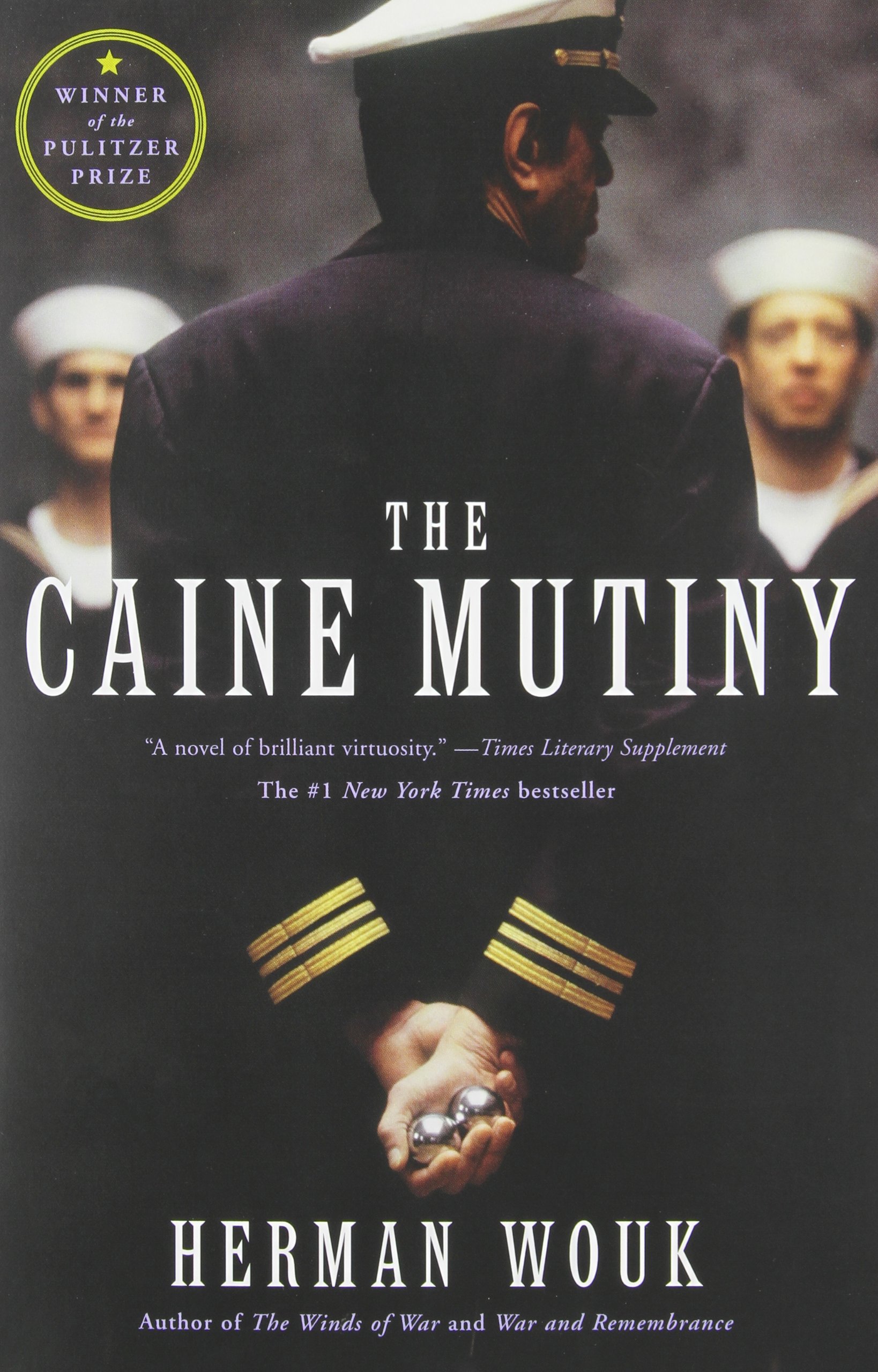

The tale is a coming of age tale of Willie Sewell Keith, a rich, Princeton-educated, young man who is drafted into the Navy and sent to serve on the USS Caine, a destroyer-minesweeper in the Pacific. Published in 1951, just six years after the end of the Second World War, Herman Wouk’s Pulitzer Prize winning novel is considered one of the best expositions of the moral complexities of wartime service. The officer’s futures are on the line, but there’s a difference between seizing control because a captain is believed to be mentally ill and because he’s sane but deeply unpopular, spiteful and inept. The act of mutiny leads to a court-martial hearing, just at the point where Keith’s relationship with May is floundering.

Things come to a head in a typhoon, with the ship at risk of capsizing, when the executive officer, backed-up by Keith, relieves Queeg of his command. So begins fifteen months of hell for the officers and sailors of USS Caine as Queeg becomes increasingly paranoid, persecutes his crew, and blames everyone but himself for various mishaps. Worse follows, with the skipper replaced by Captain Queeg, a cowardly, incompetent, disciplinarian with an inferiority complex and a vindictive streak. When the USS Caine does arrive he discovers it’s a rusty, dilapidated wreck with a lacklustre crew and a cranky captain. He misses the connection to his ship the USS Caine, a destroyer minesweeper, and spends six months on admin duties in Pearl Harbour, playing piano at an Admiral’s parties. Keith struggles through Navy school, in part through folly, in part distracted by May, before being shipped out West. Shortly before being drafted into the Navy he meets and falls in love with May Wynn, the daughter of Italian immigrants. Willie Sewell Keith is a rich kid fooling around as a nightclub pianist after getting a degree from Princeton.


 0 kommentar(er)
0 kommentar(er)
